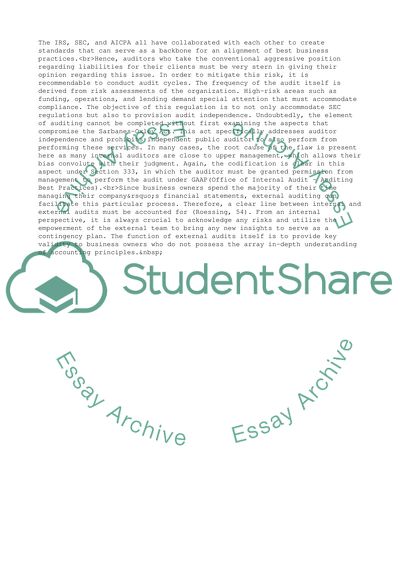Cite this document
(“Investigating the Principles of Auditing: Guide towards Best Practices Essay - 1”, n.d.)
Investigating the Principles of Auditing: Guide towards Best Practices Essay - 1. Retrieved from https://studentshare.org/management/1681409-case-studyaudit
Investigating the Principles of Auditing: Guide towards Best Practices Essay - 1. Retrieved from https://studentshare.org/management/1681409-case-studyaudit
(Investigating the Principles of Auditing: Guide towards Best Practices Essay - 1)
Investigating the Principles of Auditing: Guide towards Best Practices Essay - 1. https://studentshare.org/management/1681409-case-studyaudit.
Investigating the Principles of Auditing: Guide towards Best Practices Essay - 1. https://studentshare.org/management/1681409-case-studyaudit.
“Investigating the Principles of Auditing: Guide towards Best Practices Essay - 1”, n.d. https://studentshare.org/management/1681409-case-studyaudit.


